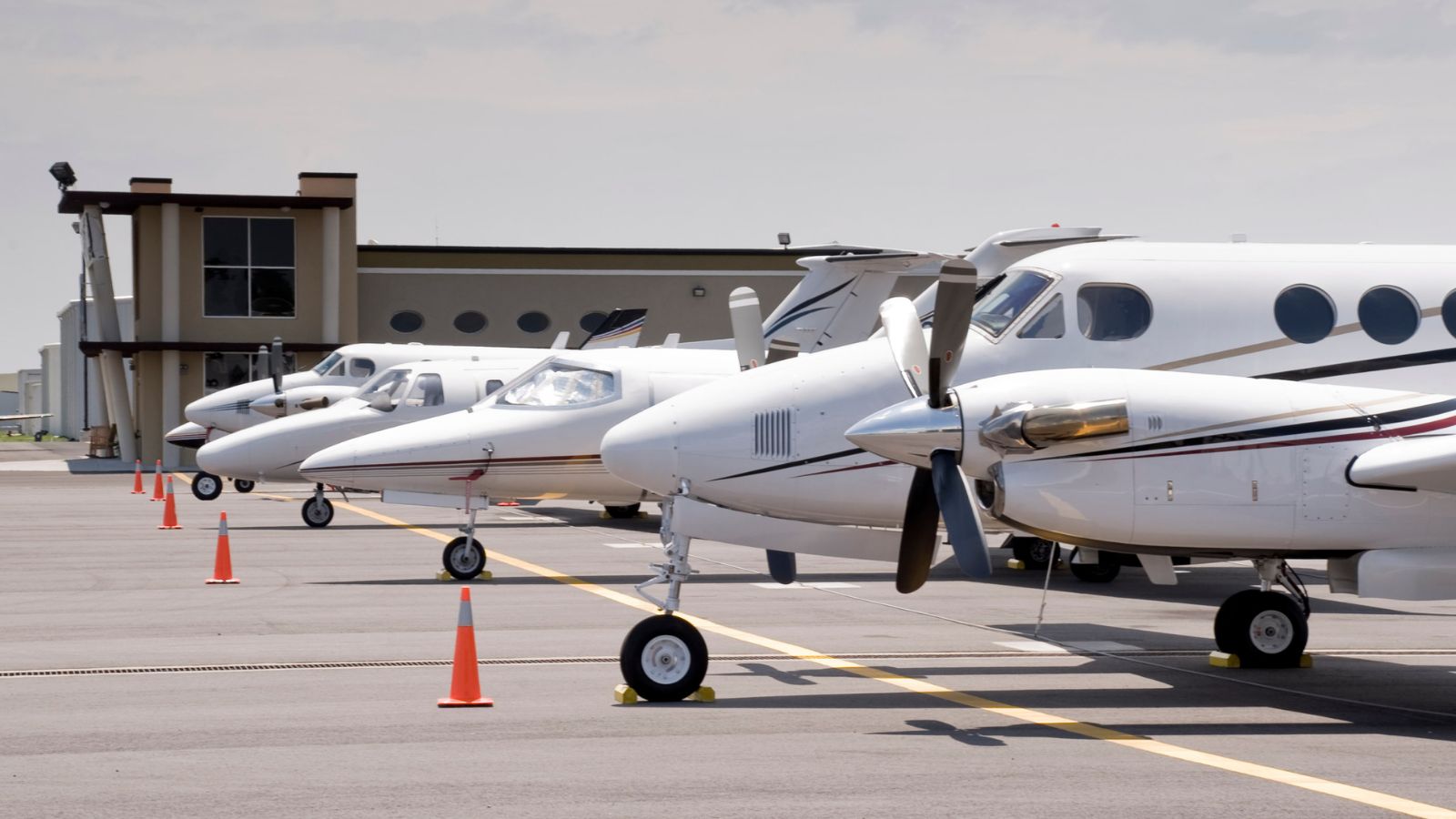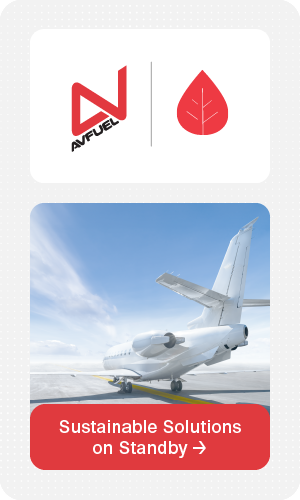Do you utilize the so-called “small aircraft exemption,” which allows Part 91 operators to be reimbursed or compensated for certain types of flights? Since September 2020, utilizing Exemption No. 7897 requires the operator taking advantage of that exemption to file a public notification of intent, originally called a Notice of Joinder and now referred to as Notice of Intent.
Part 91 operations are generally considered private operations with few allowances for collecting cost sharing or compensation. 14 CFR Subpart F, Large and Turbine-Powered Multiengine Airplanes and Fractional Ownership Program Aircraft, specifically § 91.501, outlines specific exceptions for certain aircraft to receive compensation in described scenarios.
Large airplanes of U.S. registry, turbojet-powered multiengine civil airplanes of U.S. registry, and fractional ownership program aircraft of U.S. registry not involved in common carriage may utilize the exceptions in § 91.501 to receive reimbursement of expenses or other compensation. The regulation also defines time sharing agreements, interchange agreements, and joint ownership agreements.
While the original regulation is limited to large airplanes and turbojet-powered multiengine civil airplanes, the National Business Aviation Association (NBAA) holds an exemption which allows members operating small civil airplanes and helicopters of U.S. registry to utilize the exceptions described in § 91.501(b)(1) through (7) and (9). This permission is granted in Exemption No. 7897, current revision M.
Prior to 2020, the only requirement to utilize the small aircraft exemption was to notify the appropriate Flight Standards District Office (FSDO) and provide a copy of the time sharing, interchange, or joint ownership agreement under which each aircraft is being operated, if appropriate.
With the publication of FAA Exemption No. 7897K in September 2020, the FAA changed the rules. Now for small airplanes and helicopters to take advantage of the § 91.501 exceptions, the operator must file a Notice of Intent to FAA Exemption No. 7897M. The notice must be submitted to the Federal eRulemaking Portal, which makes it available for public review.
“This requirement creates an opportunity for failure,” said Kent Jackson, Managing Partner of Jetlaw, a Washington, DC- and Kansas City-based law firm specializing in aircraft transactions, operations and compliance, taxes, and more. “The exemption has been around for decades and people who rely on the exemption probably don’t know the Notice of Joinder requirement exists.”
The Notice of Intent requirement is likely the result of the FAA’s focus on illegal charter operations, including some abuses of timesharing and other agreements, Jackson suggested.
While not a complicated process, detailed reporting requirements must be met for the Notice of Intent to be valid. The Notice to the exemption must include all of the following:
- The person’s name and, for a person other than an individual, the name of the authorized representative submitting the Notice of Joinder.
- The person’s physical address and, for a person other than an individual, the physical address for the authorized representative. If the person or the authorized representative does not receive mail at the physical address provided, a mailing address must also be provided.
- The person’s email address or, for applicants other than individuals, the email address of the authorized representative.
- The person’s telephone number(s).
- The person’s NBAA membership number.
- A statement requesting the FAA appends the Notice of Joinder to the list of NBAA members authorized to exercise the privileges of Exemption No. 7897L.
- An attestation that the person will comply with exemption No. 7897L conditions and limitations.
Notification of the appropriate FSDO is still required.
“Other exemptions do not require public attestation of the intent to use the exemption,” said Jackson. “The Notice of Intent is an unusual requirement that can easily result in unintentional noncompliance and has no clear public or safety benefit.”
If you use the small aircraft exemption to take advantage of reimbursement or compensation exceptions in § 91.501, be sure to review the current exemption No. 7897M and comply with the conditions and limitations of that exemption, including Notice of Intent filing requirements. Also be aware the exemption is generally valid for a period of two years, after which point the exemption may be renewed but the conditions and limitations could change.






